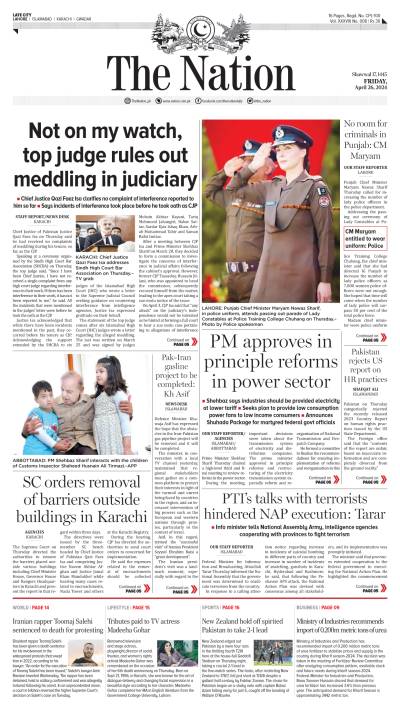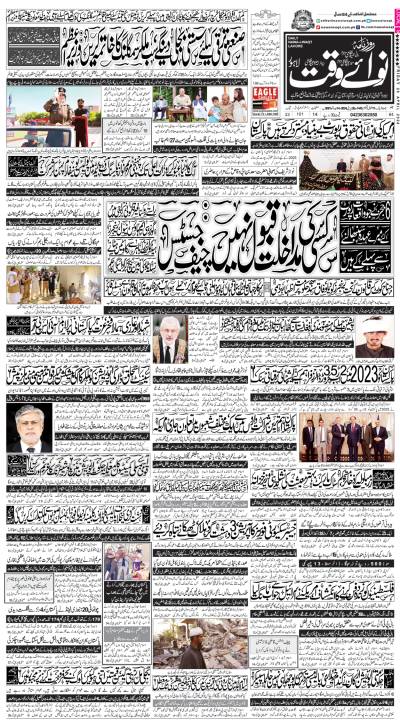LAHORE - Educationist and former dean faculty of education Punjab University Prof Dr Hafiz Iqbal has said that Pakistan has failed in achieving the Education for All and the Millennium Development Goals.
During an interview, he said that all six EFA goals adopted at the Jomtien Conference held in 1990 pertain to expanding and improving basic education facilities for all children as a basic human right.
The Dakar Framework of Action (Senegal, 2000) once again recognised literacy as a priority issue and set a number of goals to be achieved by 2015. The Dakar Framework of Action not only announced eight goals, commonly known as the Millennium Development Goals (MDGs) pertaining to various aspects of human life, but also set measurable targets and indicators to monitor progress of the societies in this direction, said Hafiz Iqbal.
“Out of these goals, two exclusively relate to education. Goal 2 pertains to achieving universal primary education according to which all boys and girls were expected to complete a full course of primary schooling by 2015. Goal 3 encourages the international community to promote gender equality and empower women. This goal required eliminating gender disparity in primary and secondary education preferably by 2005 and at all levels by 2015,” he added.
Dr Iqbal expressed dissatisfaction with current state of literacy and gender disparity, particularly. He said that a cursory look at the PSLM 2012-13 data clearly reveals that Pakistan has not only failed in fulfilling the international commitments but seems improbable to achieve the EFA and MDGs in the next decade.
Analysing the current situation with reference to literacy and gender disparity, he said that at present over all literacy rate of 10+ age population was 60 percent. Literacy rate in Punjab is 62 percent while in Sindh, KPK and Baluchistan is 60, 52 and 44 respectively. The state of gender parity is more alarming. He said that disparity exists not only within male and female population but also within rural urban population as well as between provinces. Over all literacy rate is higher in males than females and in urban areas than rural areas.
Friday, April 26, 2024
‘Pakistan yet to meet MDGs’
Arshad Bhatti
18 matches decided on second day of PFF Futsal National Cup Phase 5
6:33 PM | April 26, 2024
Man City hammer Brighton 4-0 to be hot on English leaders Arsenal's trail
6:29 PM | April 26, 2024
Warriors guard Stephen Curry named NBA Clutch Player of the Year
6:28 PM | April 26, 2024
ECP releases notification of victorious candidates in by-election
6:26 PM | April 26, 2024
Economic Challenges
April 26, 2024
No Compromise
April 26, 2024
Strength and Solidarity
April 26, 2024
Musk vs Australia
April 25, 2024
Reforming Rehab
April 25, 2024
Photon power
April 26, 2024
Justice prevails
April 26, 2024
Ending animal suffering
April 25, 2024
AI governance
April 25, 2024
AI concerns
April 25, 2024
ePaper - Nawaiwaqt
Advertisement
Nawaiwaqt Group | Copyright © 2024





